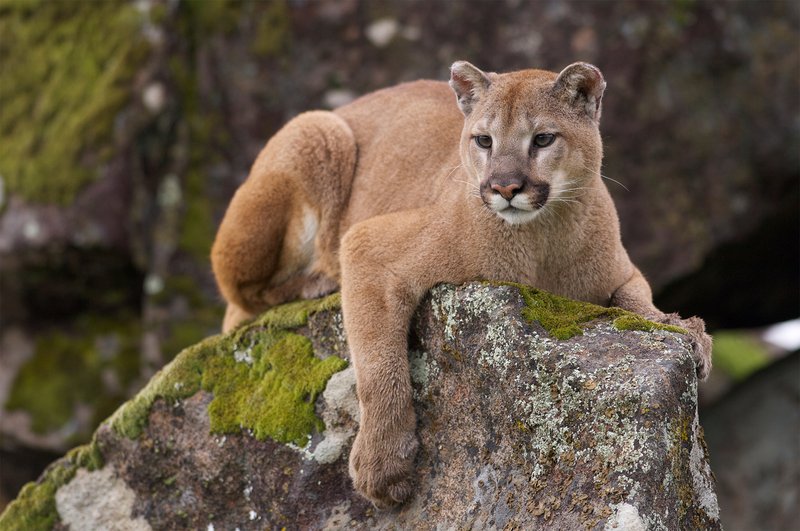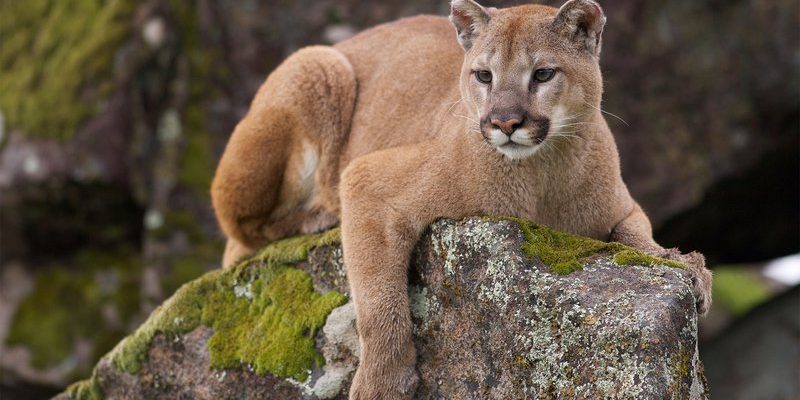
Pumas are fascinating animals with a huge territory and adaptability that helps them survive in various habitats. Think of them like the stealthy artists of the animal kingdom, blending into their surroundings while perfectly executing their role as predators. However, just like a beautiful painting, their future can be threatened by all sorts of environmental factors. Understanding their conservation status is crucial not only for the pumas themselves but also for the ecosystems they inhabit.
Understanding the Puma’s Range and Population
Pumas are native to the Americas, and their habitat spans a remarkable range of environments. From the snowy Yukon to the tropical forests of Brazil, these cats have adapted well to various climates. But this adaptability doesn’t make them immune to threats. You might be wondering, what’s happening to their populations across these regions?
Across North America, estimates suggest that there are around 30,000 pumas. In contrast, populations in Central and South America tend to be less stable, mostly due to habitat loss and illegal hunting. The puma’s current range has shrunk significantly compared to historical levels, primarily due to urbanization and agriculture encroaching on their territories. This shrinking range means fewer chances for pumas to thrive and reproduce, which contributes to their vulnerable status.
Interestingly, some regions are seeing a rebound in puma numbers thanks to conservation efforts. For instance, in areas where wildlife corridors have been established, pumas have begun to flourish again. But it’s not all good news everywhere. In certain parts of their range, especially the eastern United States, populations have dipped alarmingly low. This creates a concerning imbalance in the ecosystem, as pumas play a vital role as apex predators.
The Threats Facing Pumas
Pumas face a variety of threats that put their existence at risk. Understanding these threats is key to figuring out how to help them. Here are some significant challenges they encounter:
- Habitat Loss: As humans expand into natural landscapes, pumas lose their homes. Urban development, agriculture, and logging all contribute to shrinking habitats.
- Climate Change: Shifts in climate affect prey availability and can lead to changes in puma behavior and health.
- Human-Wildlife Conflict: As pumas venture into populated areas searching for food, they often come into conflict with humans, leading to unfortunate outcomes.
- Poaching and Illegal Hunting: In some regions, pumas are hunted for their pelts or due to a misconception that they are a threat to livestock.
All these factors create a complex web of issues that interfere with pumas’ ability to thrive. It’s like trying to keep a plant alive in a room where sunlight and water are both scarce—it just can’t flourish.
Current Conservation Efforts
Fortunately, there’s a growing global commitment to protecting pumas and their habitats. Various organizations and governments are stepping up to make a difference. Here are some notable efforts:
- Protected Areas: Establishing national parks and wildlife reserves helps safeguard puma habitats, ensuring they have space to roam and hunt.
- Wildlife Corridors: Creating corridors between fragments of habitat allows pumas to migrate safely, increasing genetic diversity and population resilience.
- Public Awareness Campaigns: Educating communities about pumas and their ecological importance helps mitigate human-wildlife conflict and encourages coexistence.
- Research and Monitoring: Ongoing studies monitor puma populations and their health, helping researchers understand threats and adjust conservation strategies accordingly.
These efforts are like putting together pieces of a puzzle. Each initiative plays a crucial role in creating a complete picture of how to sustain pumas for generations to come.
The Role of Communities in Conservation
You might be surprised by how important local communities are in conservation efforts. People living near puma habitats can offer valuable insight and assistance in protecting these animals. Here’s how communities can make a difference:
- Reducing Conflict: By understanding puma behavior and setting up practices to deter them from livestock areas, farmers can coexist with pumas more peacefully.
- Citizen Science: Engaging local residents in tracking or monitoring pumas helps collect data and raises awareness about these incredible creatures.
- Community-Led Initiatives: Programs led by local groups can tailor conservation strategies to fit the unique needs of the area and its wildlife.
Community involvement is essential—like having a dedicated team working together toward a shared goal. When locals care about their environment and the wildlife within it, the effects can be transformative.
Global Perspectives on Puma Conservation
In countries like Argentina and Chile, puma conservation efforts have gained momentum in recent years. For instance, in Patagonia, conservationists are working to understand how pumas interact with livestock and wildlife. By collecting data and forging partnerships with ranchers, they’re promoting coexistence and helping protect puma populations.
International collaborations also play a role in puma conservation. Various countries are sharing insights and best practices. These partnerships can lead to innovative solutions, combining local wisdom with scientific research to make strides in preserving puma habitats.
It’s like tackling a global recipe—everyone brings their own ingredients to the table, and together, they create a more robust dish.
Looking to the Future: Ensuring Puma Survival
So, is the puma endangered? While they’re not critically endangered like some other species, their populations remain vulnerable, particularly in certain regions. The future of pumas depends on collective efforts to protect their habitats, reduce human-wildlife conflict, and raise awareness.
Here’s the thing: every little action can help. Supporting conservation organizations, advocating for wildlife-friendly policies, and simply spreading the word about the importance of pumas can make a difference. It’s about building a future where pumas can continue to roam free and play their vital role in the ecosystem.
Ending on a hopeful note, the dedication of communities and conservationists gives us reason to believe that with the right actions, pumas can not only survive but thrive. Let’s stay engaged and support the efforts that make this possible.
In conclusion, the puma’s story is ongoing, filled with challenges but also with promise. By understanding their plight and supporting conservation efforts, we can help ensure that these extraordinary cats remain a part of our natural world, gliding silently through the forests and mountains for generations to come.

